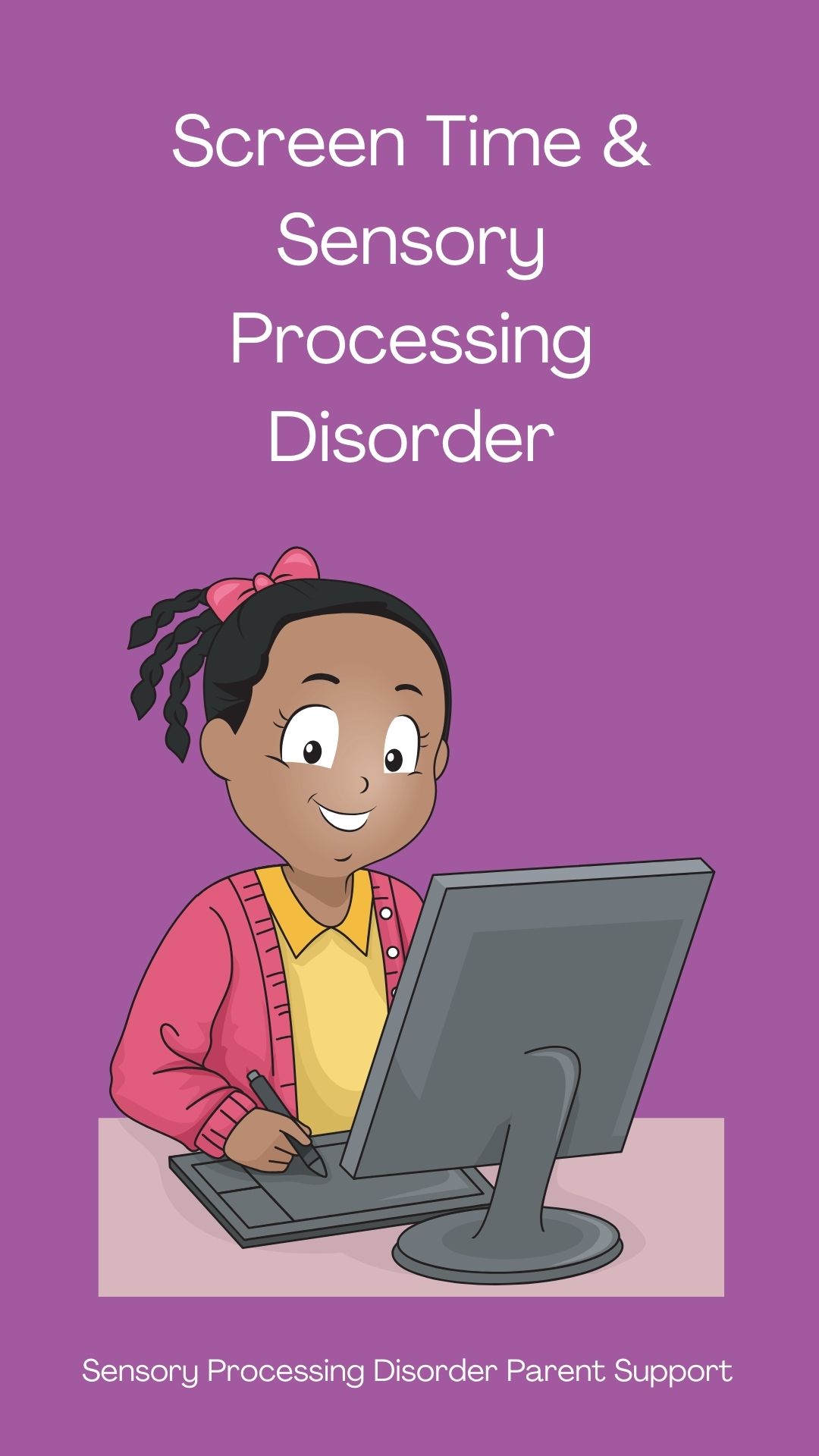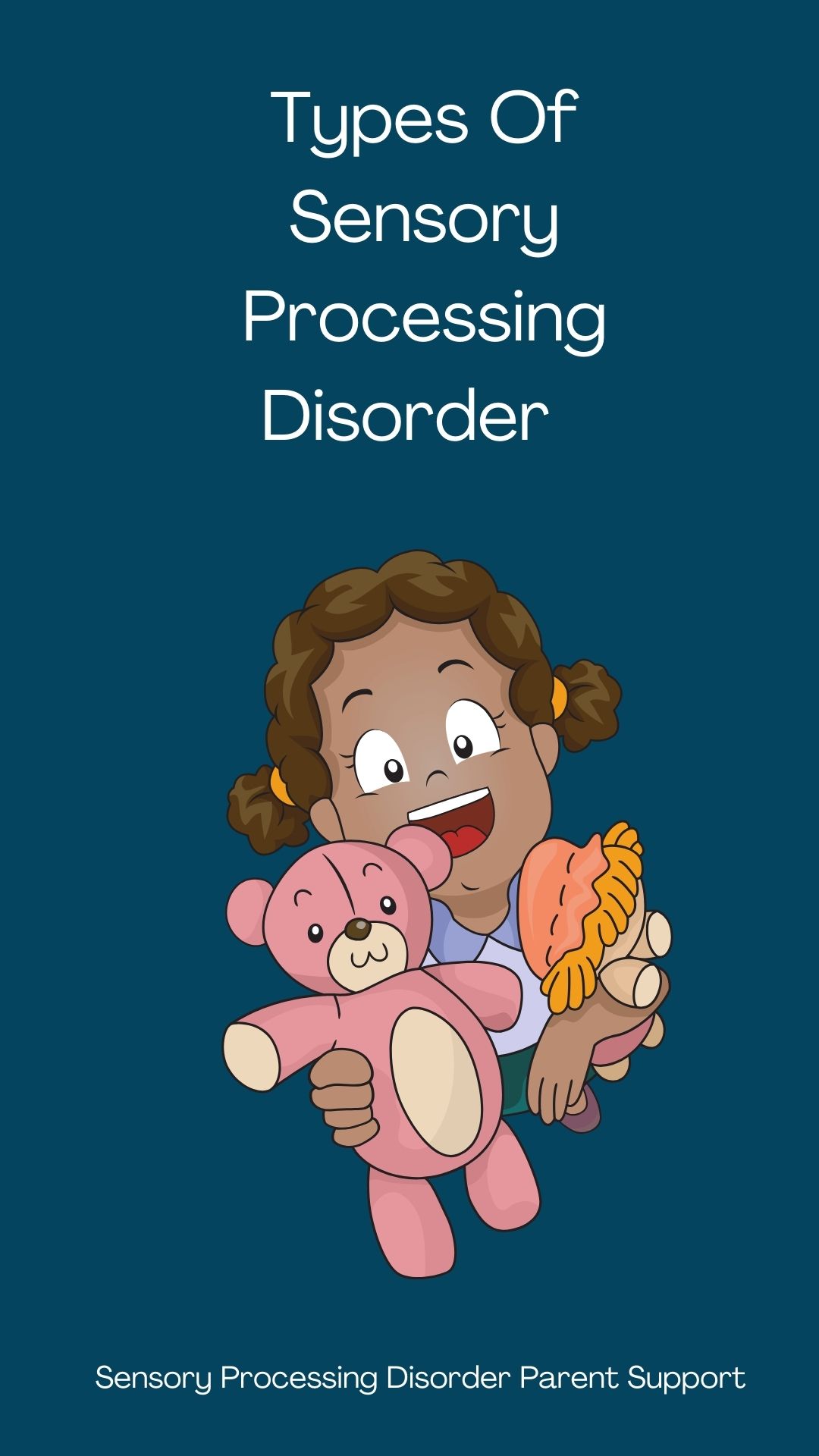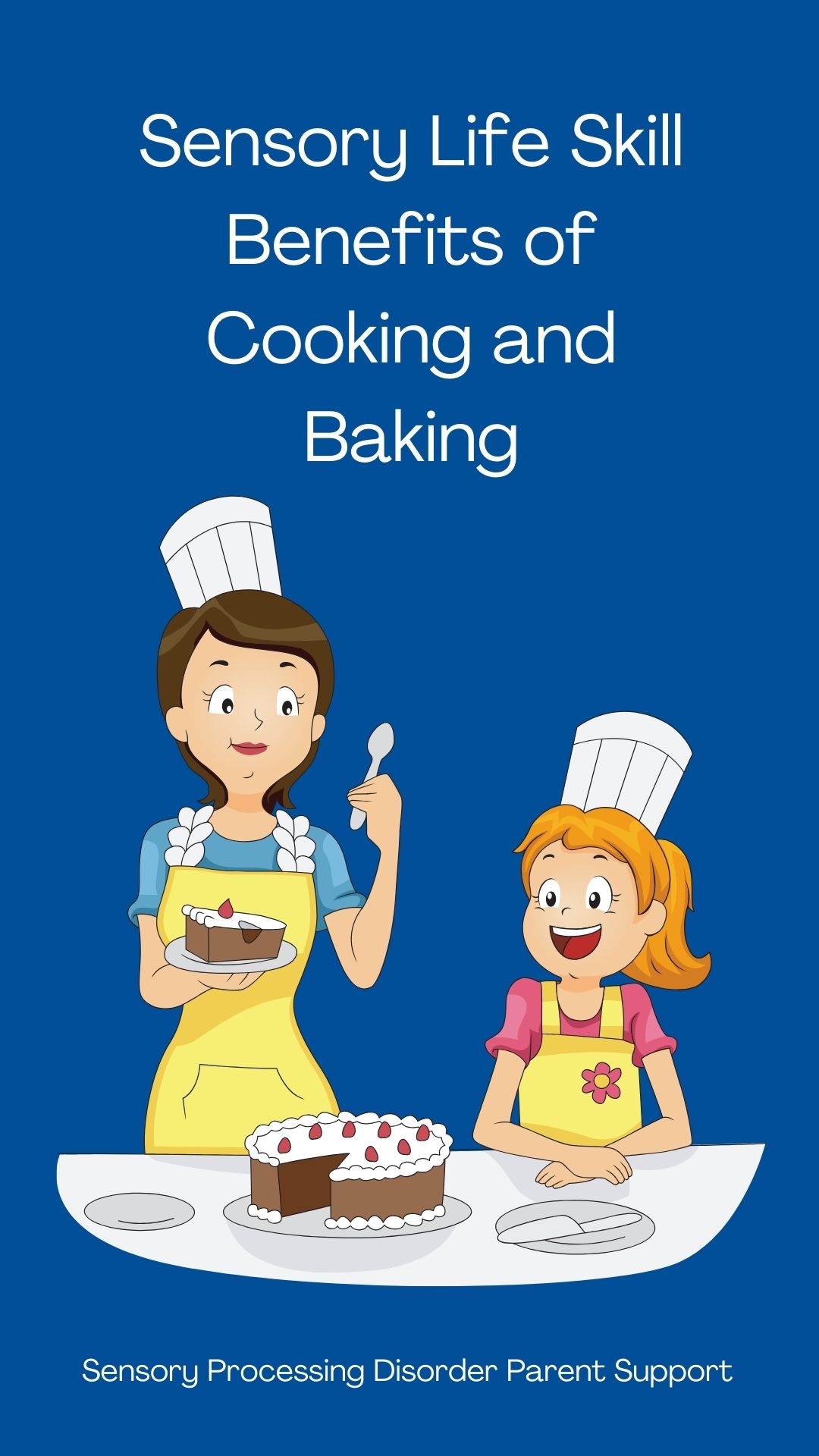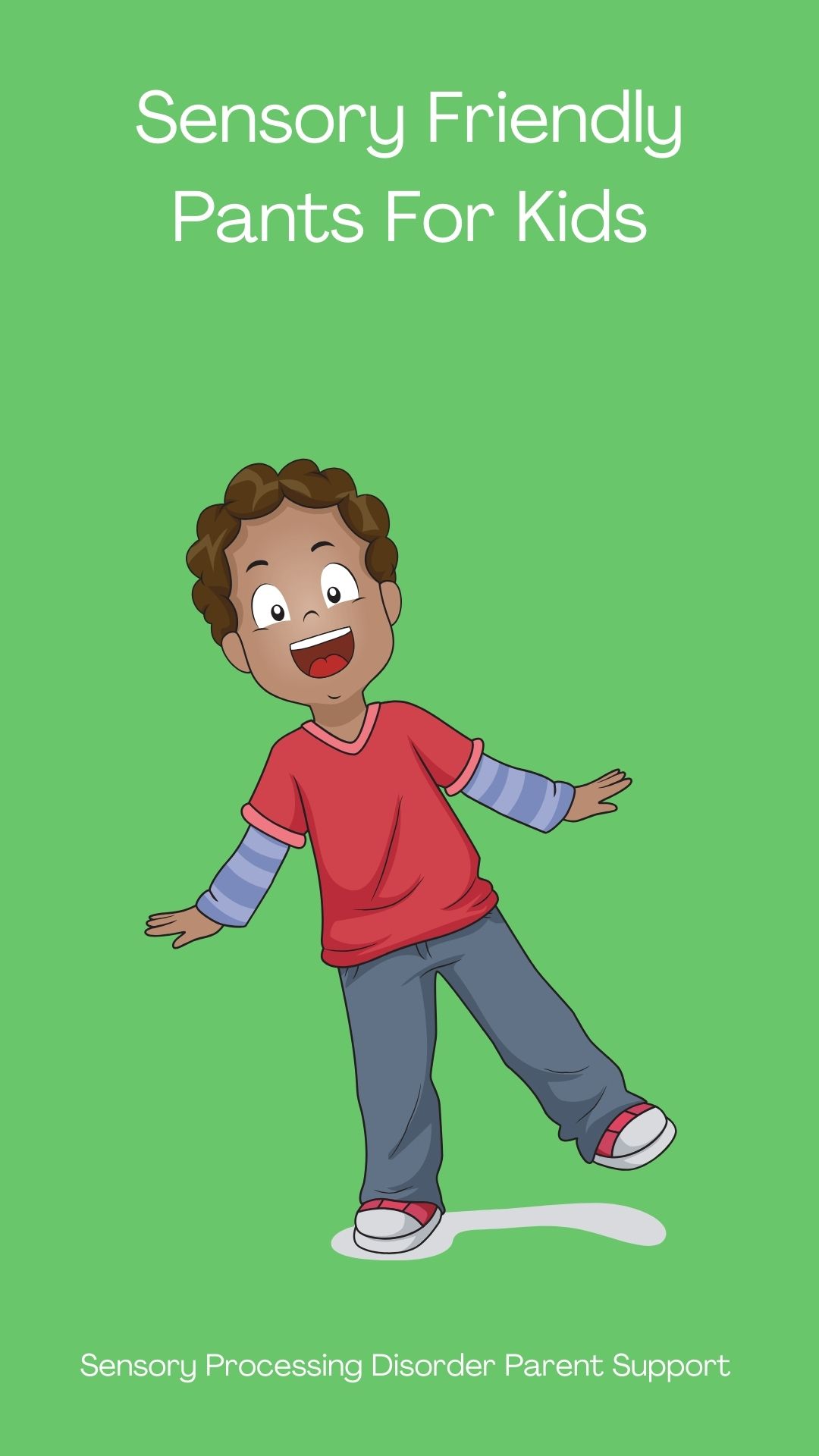
Sensory Processing Disorder Parent Support
Sensory Processing Disorder Symptoms Adults
Children with sensory differences ... painting the world beautiful.
Sensory Processing Disorder Symptoms Adults
Jeanette Loftus
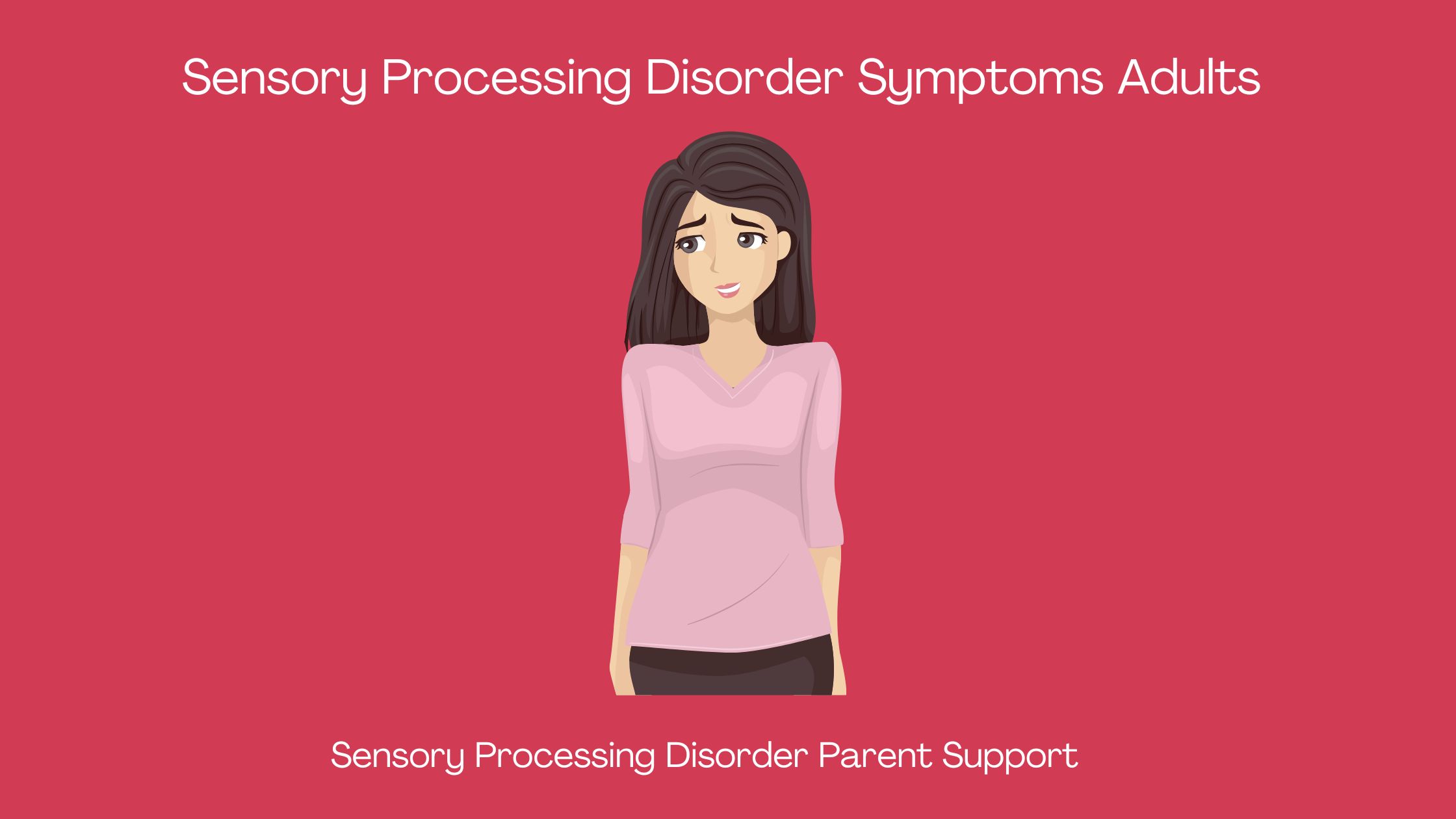
I have struggled with Sensory Processing Disorder my entire life. I can remember being a toddler and how difficult it was for me to wear clothes and how loud everything felt for me and having meltdowns.
Today, I still struggle quite a bit with sensory processing disorder. I am always writing about children and Sensory Processing Disorder because I am a parent to children who have sensory challenges too but it is not often that I write about being an adult who has Sensory Processing Disorder.
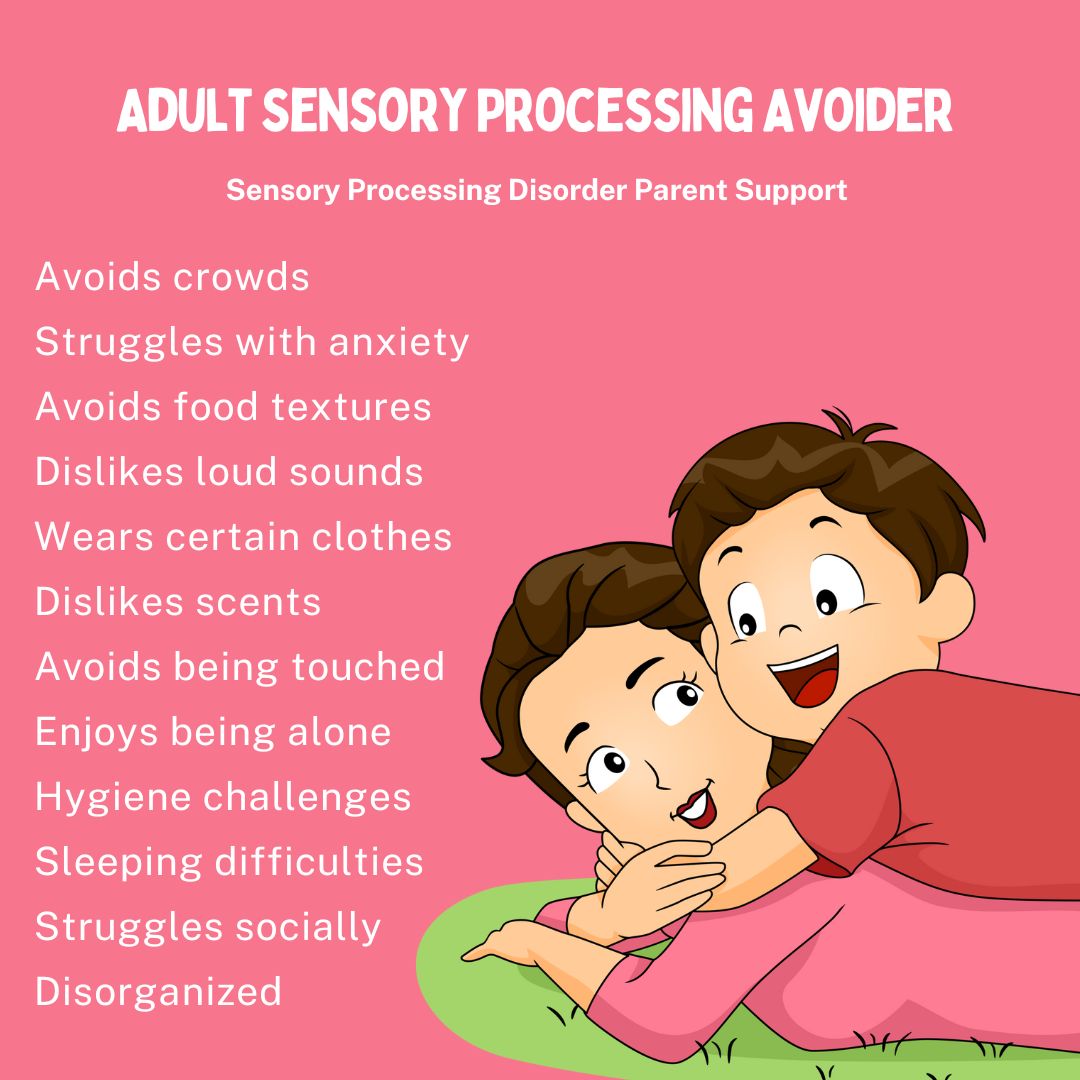
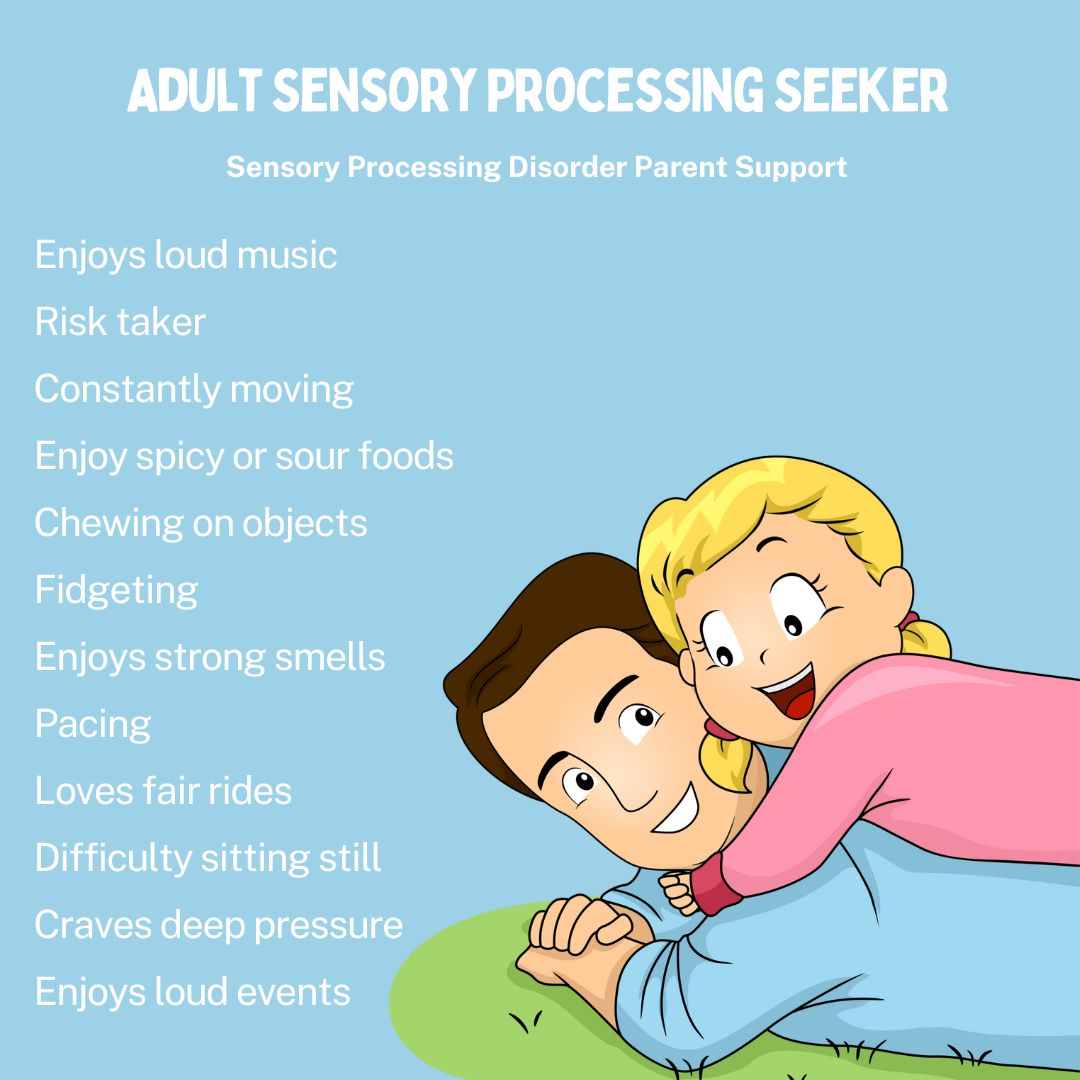
Resources For Parents
ADDitude Sensory Processing Disorder in Adults: SPD Symptoms & Causes
DISCLAIMER: I have learned a lot over the years but I am still learning. Always do your own research and exercise sound judgment. I am not an occupational therapist or a physician. I am an adult who has sensory processing disorder, a sensory parent and a Grandma. The information on this website is not medical advice and does not replace the information that your child's therapists or medical professionals give you. These are just ideas that I have learned myself over the years of being a parent and an adult living with SPD. If you are concerned for your child, please always seek medical attention through a family doctor, pediatrician or therapist. This website is for awareness purposes only. Each child is different and what works for one child may not for another because all children have different sensory needs. Please always consult with a medical professional. C lick on links throughout each page for more resources and information. Click here for more resources https://sensoryprocessingdisorderparentsupport.com/sensoryprocessingdisorderresources
Amazon offers a small commission on products sold through their affiliate links on my website. Each of your purchases through links on my website for Amazon affiliation links or sponsored links support me but no additional cost to you so thank you. I appreciate it so much! I am not responsible should you purchase anything from any links on this website.

Magic Weighted Blanket
Weighted Blanket Adults Dark Grey Chenille

Magic Weighted Blanket
Flannel Magic Weighted Blanket for Adults

Magic Weighted Blanket
Cotton Magic Weighted Blanket for Adults
